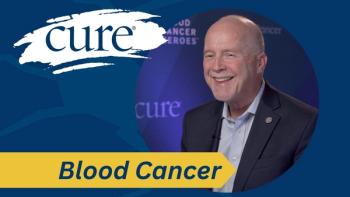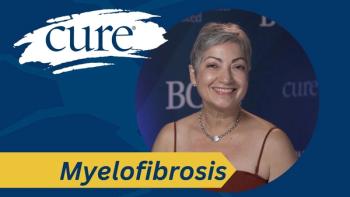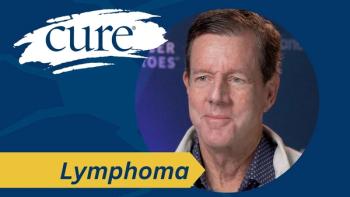
Dealing With a Second Relapse
“When learning about a second relapse, the only thing I could think was, ‘Oh no. Not again. This cannot be happening.”
On a scale of 1 to 10, the surgery on July 8, 2013 was an 11.
I made it through my third major abdominal surgery in four years for ovarian cancer, and according to my surgeon, Dr. Amy Lu, head of the liver transplant team at Loyola University Medical Center in Illinois, we made history. And then my husband and I drove on to our new home in Portland, Oregon.
When my sister in Maine died in December 2012 of cancer, my husband and I decided it was time to leave Maine and move to Oregon to be close to one of our sons. In April 2013 we flew to Oregon and found a house, sold our home in Maine, and a routine CA 125 blood test indicated that my cancer was back. This time my oncologist said it was inoperable.
No one could make this up.
My son who lived in Oregon was also a doctor, and he helped me find a clinical trial to apply to. The trial accepted me, provided Loyola could find one of their surgeons to take out the cancerous lymph node located between my aorta and vena cava, and retrieve enough tumor lysate for the trial.
It was not clear if I would make it through that surgery. If anything got nicked, it could be all over. There was a vascular surgeon on the team, but Dr. Lu did a stellar job and I lived.
After six days in hospital I traveled back to our other son’s house in Illinois and recovered six more days, during which I got bitten by a deer tick. At my final appointment with Dr. Lu, before getting clearance to drive on to Oregon, I displayed the classic bulls-eye mark of the tick bite and she had to prescribe the antibiotic for me in addition to checking me out for departure.
After I recovered from surgery in Portland, I underwent five weeks of daily abdominal radiation where the nasty tumor lay, and it was horrible. On December 10, I flew to Illinois and went through tests and lab work, then met Dr. Patrick Stiff and the trial team. They made a magic potion out of my tumor lysate cells and my killer-T cells that were taken through a process called apheresis. This vaccine was injected into me approximately every two weeks for nine sessions.
At that point, I considered my history: my grandfather died of multiple myeloma; my father died of AML at age 65; I was diagnosed with ovarian cancer at age 65; my sister was diagnosed with mouth cancer at age 65. All of these people have died, yet I live. This time, do I dare say I am cured? Time would tell.




